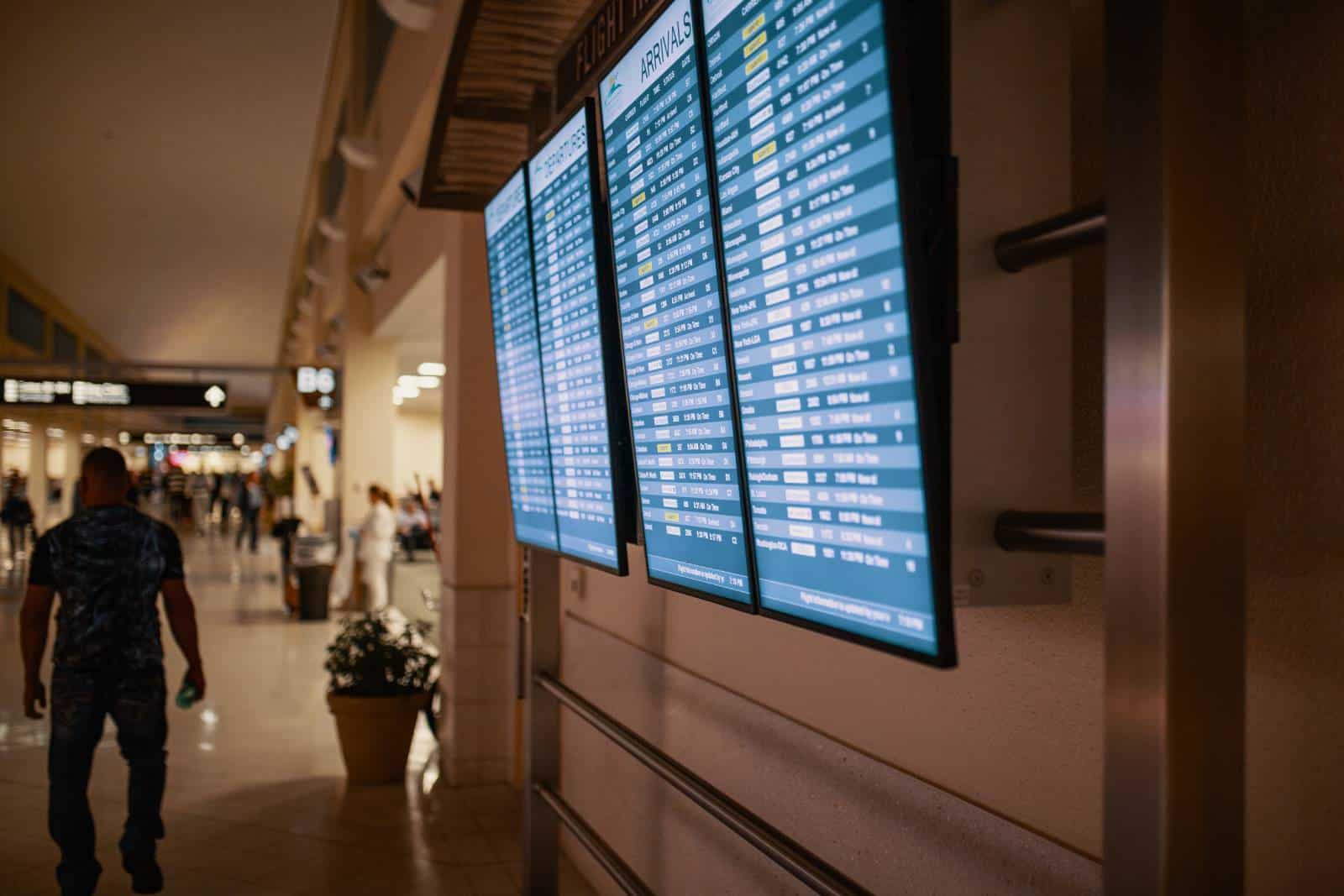In Europe, new IT systems to support visas and travel authorizations are coming. The eu-LISA agency (which is in charge of Large-Scale IT Systems in the areas of freedom, security, and justice) is set to introduce two major new systems which aircraft operators will need to access.
While the implementation dates have been delayed recently – to Spring 2023 – there are some clear actions that operators must take as soon as possible. Doing so early will allow more time for familiarisation with the new requirements. Flightworx is prepared to assist clients with this registration now, and ongoing use later.
Aviation Guides
- What is Sustainable Aviation Fuel?
- A Short Guide to FBO’s – the Dos and Dont’s
- Current Risks to Aviation
- How Air Cargo is Revolutionising the Global Economy
- The Cost To Operate A Private Jet
- Infrastructure For Sustainable Aviation Fuel
- Why There Is A Need To Improve Aviation Industry
- Emergency Flight Charter
- Diplomatic Flight Operations
New EES and ETIAS systems are on the way
eu-LISA is the EU agency responsible for IT and processing for Schengen borders and customs. It operates a number of systems in this area, including the European Asylum Dactyloscopy Database (Eurodac), Schengen Information System (SIS), and Visa Information System (VIS).
It is also responsible for major new systems being implemented in order to improve the security, asylum, and immigration landscape in Europe. These will facilitate sharing of information across countries and agencies. The main two systems are:
- Entry/Exit System (EES). This will record entry and exit to the Schengen area for third country (non-Schengen) citizens. Entry and exit data, passport details, and biometric data will be stored in a central system.
The European Travel Information and Authorisation System (ETIAS). All travellers to the Schengen area from a third country will need to apply and pay for authorization before travel. This will be supported and controlled by ETIAS. - There have been several delays to the implementation of these systems. The latest expectation is that EES will go live in Spring 2023. From that point, operators will need to verify electronically if third-country nationals have sufficient entries remaining on the visa.
The ETIAS system will then go live around 5 to 6 months later. At that point, operators will be able to check and verify ETIAS or other travel documents for entering the EU.
Operators need to register now with eu-LISA
All operators carrying passengers to the EU (by air, sea, or land) will need to use the EES and ETIAS systems to query passenger information. They must register in order to do so, and this registration process is already active.
The first step is to provide eu-LISA with operator information. Specifically, operators must establish a single point of contact (SPOC) within the company who will be responsible for eu-LISA contact, account modifications, and administering user access within the company.
That person then needs to complete the form “F01: Carrier Registration Form.” This can be downloaded from the eu-LISA website (here) and should be completed electronically.
Details required include the following:
- SPOC name and contact details, and a backup contact
- Operator name, country, and registration details
- Details of EU member states where the operator intends to operate aircraft
- Company registration and operating authority documents
- Operators must also make a choice of channel for accessing eu-LISA portal (this could be system-to-system integration, via a web browser, or via mobile application).
Once operator details and documents are submitted, eu-LISA will verify these and request any further information via the SPOC. Techincal documentation and registration information will then be supplied.
Compliance testing and training
After registration is complete, the operator must complete compliance testing. Note that this is only required when using system-to-system integration; with web or mobile access, operators can query the system immediately.
Compliance testing involves running a series of tests and pre-defined scenarios. These need to be completed within a 24-hour period, and after successful completion, the operator will be able to query the system directly.
Final Thoughts
The new systems represent a major change in EU immigration and travel rules and will bring the EU in line with many other regions. Operators will have new responsibilities to check travellers details and need to be prepared, authorised, and trained to do this.
It makes sense to start this now, even though system implementation has been delayed. Flightworx can assist with registration, understanding, and ongoing use and implementation – get in touch to discuss further.
Sources:
- System registration information: https://aviation.wfscorp.com/resources/alerts/regulatory/eu-LISA
- EU-LISA information: https://www.eulisa.europa.eu/Organisation/GoverningBodies/Documents/WG%20Carriers/Documents/Carrier_FAQ.pdf

